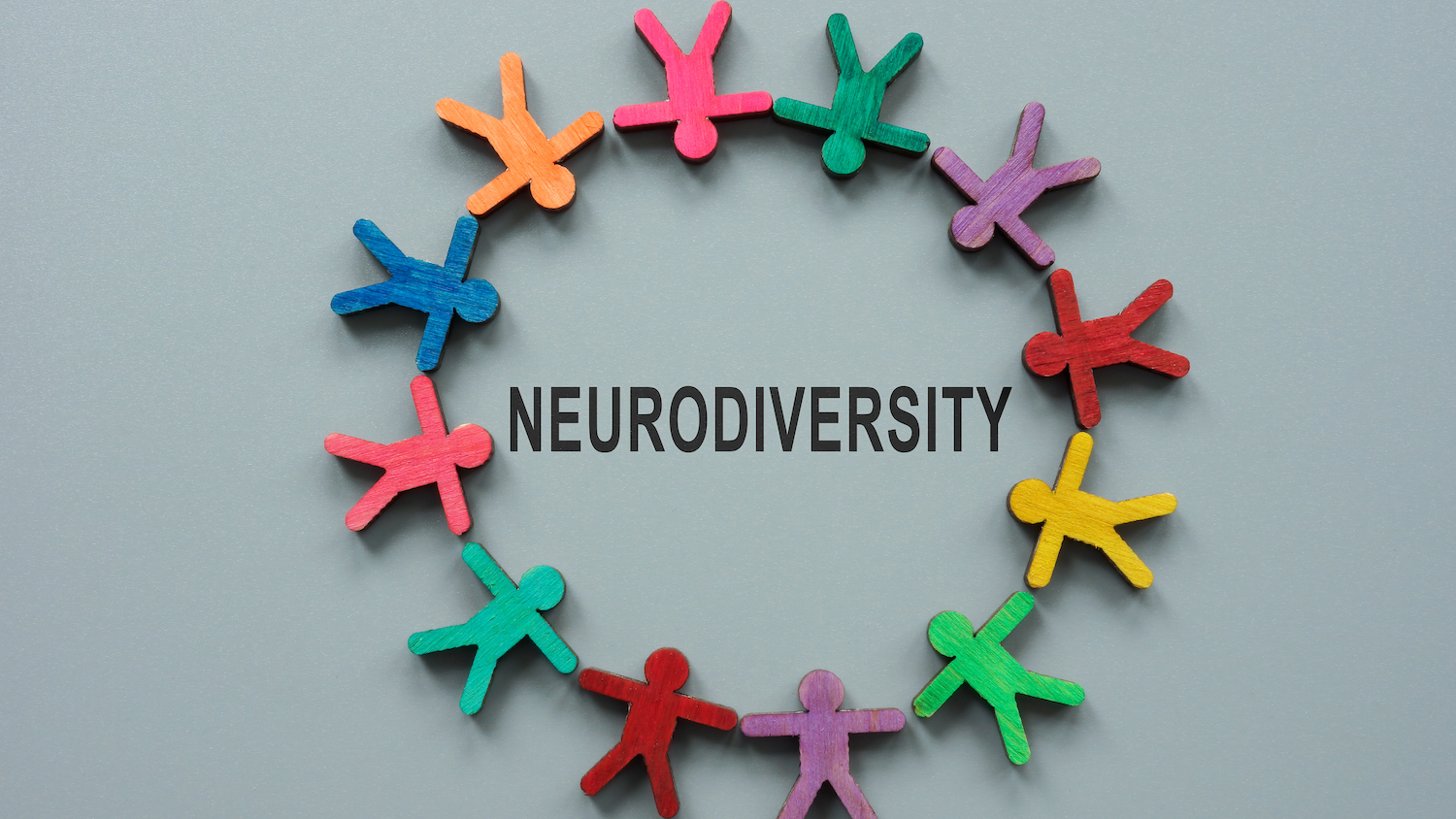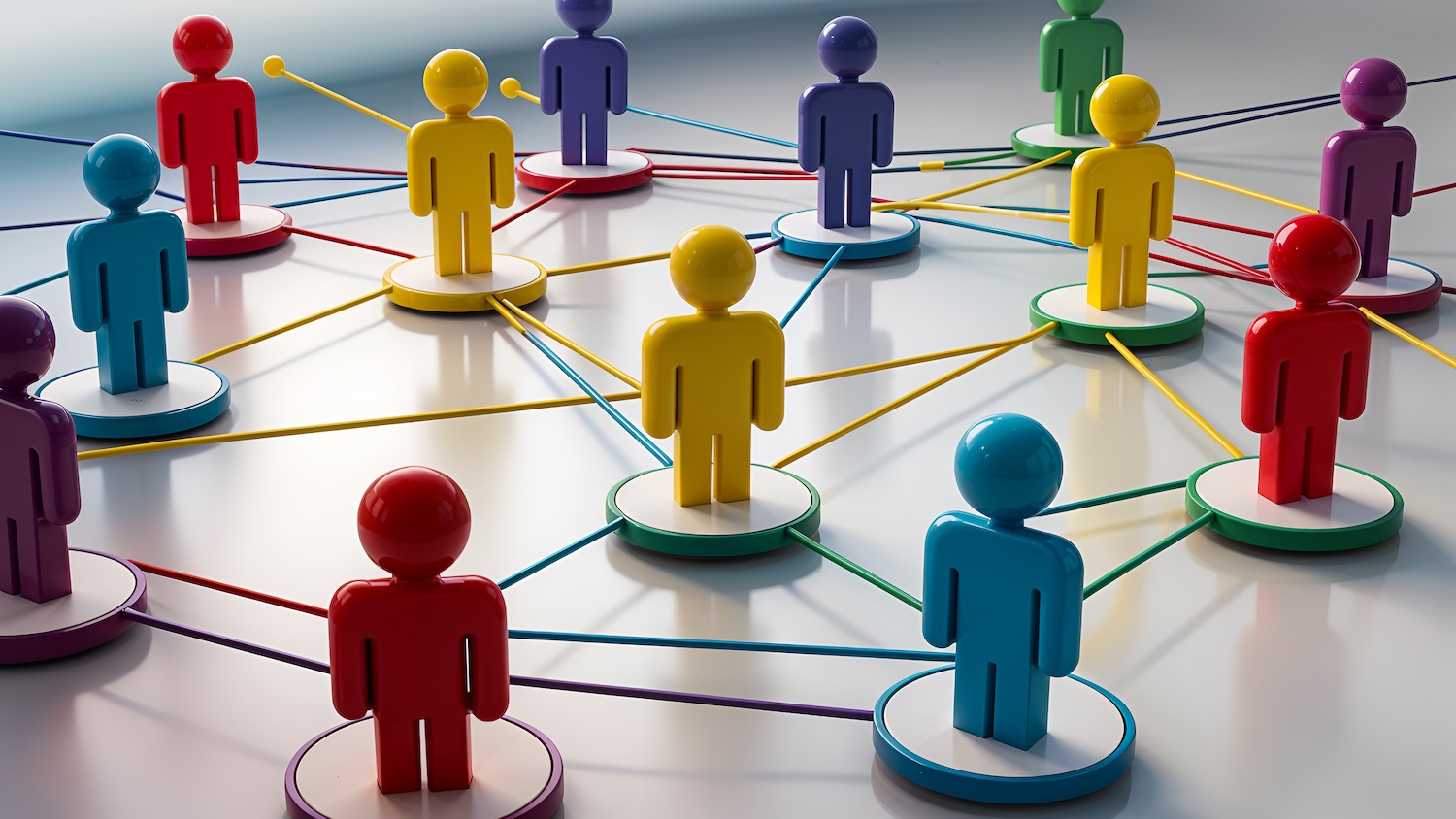
Neurodiversity in the workplace: your vibe attracts your tribe
Embracing neurological differences is vital for the construction industry to create a truly diverse workforce
One of the many things I love about what I do is getting to work with such a wide range of excellent people from different personal and professional backgrounds. In fact, the more diverse a person, the more I typically love working with them.
The word ‘diversity’ is used lots in modern life, and many people automatically assume it’s referring to gender, race or ethnicity.
All these facets of the topic are important, but diversity can mean even more – the subject also covers people’s experiences and perspectives, as well as their abilities and strengths.
I am writing this article because I am keen to help raise awareness in the construction industry of celebrating people living with diversity through a neurodiverse lens.
I am responding to a growing need to shine a light, sharing how enjoyable and fulfilling I have found working with people who have a neurodivergent way of getting things done.
When trust has been built between us, which sees the person confide in me that they are neurodivergent, they describe to me (usually in great detail) how they have adapted themselves over the years to embrace their difference and overcome hurdles to play to their strengths.
Neurological differences should be treated as an invaluable window to another point of view, as everyone has their own unique strengths and talents that can bring a totally new perspective to the table when problem-solving
What is neurodiversity?
According to The Brain Charity, neurodiversity describes the concept that people’s brains work in different ways.
For more than a million people in the UK, these differences mean they are diagnosed with conditions such as autism, ADHD, dyslexia, dyspraxia or other neurological traits.
Neurodiversity awareness in society is increasing, with the Oxford English Dictionary confirming the earliest known use of the noun ‘neurodiversity’ was in the 1990s.
The neurodiversity movement, in the UK, champions the belief that there is no such thing as ‘normal’ when it comes to the human mental landscape.
Neurodiversity in the workplace
Embracing neurodiversity in the workplace has been gaining traction over the past few years. It can be as straightforward as looking at the natural variations in the way our minds work, alongside supporting specific diagnosed conditions, such as ADHD and autism.
Neurological differences should be treated as an invaluable window to another point of view, as everyone has their own unique strengths and talents that can bring a totally new perspective to the table when problem-solving, for example.
The key legislation relating to protecting people with neurodiversity in the workplace is the Equality Act 2010. This Act consolidated and expanded previous employment equalities legislation (including the Disability Discrimination Act 1995).
From an employer’s point of view, including neurodiversity considerations is still not always seen in a positive light. With this topic can come talks of ‘accommodations’ and ‘adaptations’, presenting negative mental hurdles for managers.
However, while some of these accommodations can be more significant, a large number can be as simple as being asked to double-check an email and/or LinkedIn post for spelling mistakes if a colleague has dyslexia, or providing more freedom to move about on calls by offering standing desk provisions instead of only sitting options for someone who has dyspraxia.
Making sure there are clear and easy-to-follow processes for people to refer to is key. For managers, for example, to have ‘ways we can work with neurodiversity’ stated as principles is helpful.
A positive approach
To support people who are neurodivergent, avoid seeing their traits as things to be corrected. Help them to play to them, with some individuals excelling in tasks like data analysis and quality assurance.
Others may thrive in fast-paced and dynamic environments, more pioneering perhaps, injecting energy and enthusiasm completely differently, breathing new life into task completion and successfully inspiring novel achievement of end goals.
This ‘people’ topic is important for construction because we need to keep raising awareness. To increase our awareness of neurological differences is to support people to thrive in our industry.

Working with neurodivergent people can positively challenge your view and how you interpret the world. I have found it’s like putting on a fresh pair of glasses, which has helped to inform how I continue to be regarded as a leader
We currently have a 600,000 skills gap in the UK construction industry (2023 CIOB data). To make sure we retain more people who think differently, we need to increase collectively our neurodiversity understanding.
We must show how, as leaders, we recognise the need to adapt and embrace people with neurological differences.
This topic is linked to the social model of disability, where a person is not necessarily disabled by their health conditions, but by society’s failure to adequately accommodate their needs.
For example, physical disability support has evolved, with building design ensuring developments are more accessible to wheelchair users. And for hearing challenges, hearing loops for the impaired can be installed.
Neurodiversity applies to this disability perspective. We must continue to accommodate different types of brain function by listening to end-user requirements.
With people sharing their conditions through the lens of what works for them and what doesn’t, they can provide input on how stimulating or under-stimulating the built environment is for them.
This will help to improve the quality of design and construction for current and future generations, regardless of whether they are an end-user, supplier, a service provider or a client.
Find your ‘tribe’
Working with neurodivergent people can positively challenge your view and how you interpret the world. I have found it’s like putting on a fresh pair of glasses, which has helped to inform how I continue to be regarded as a leader.
By adapting and maintaining a flexible mindset, embracing difference with enthusiasm and providing safe spaces for people to confide, to be their true selves, you can have confidence you’re playing to the strengths of your ‘tribe,’ being able to bring teams together on shared, trusted, projects.
Overall, be sure to look past the label and see the individual if they have a neurodivergent condition. You can be your employee’s, friend’s and/or colleague’s biggest advocate, supporting them as they continue to produce excellent work and excel.
A happy tribe equals a happy leader – well, if the latter is worth their salt and cares about their people they will be. If they are not, then maybe the tribe needs to vote with their feet and look for a new one.
Dr Claire Handby FCIOB is a business transformation and growth leader, as well as a Fellowship assessor for the CIOB.
Comments
Comments are closed.







This is the problem, the word ‘normal’ and its misuse and the lack of maths understanding. The word normal does not appear in statistics (sorry, big data) except to describe the normal distribution curve. There is a mean, mode and arithmetical average. As a former engineer, I worked out decades ago that everything that happens in the universe is normal, perfectly normal, it all happens at its ‘normal’ rate of probability. Every star exploding is normal. Everything is normal. Everybody is normal! None of you are special. You happen at your ‘normal’ rate of probability. Just get on with one another and the job at hand.
I thought I was different in some ways and hid things as I did not truly understand. I changed my path in the construction world for personal reasons and after covid that I truly understood I liked to work differently and struggled in some open plan environments or forums. It is still a trust issue in construction when you are comfortable to work away from the “ herd” on occasions.